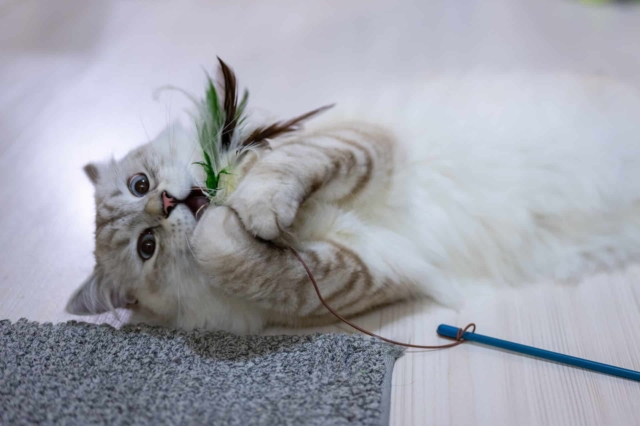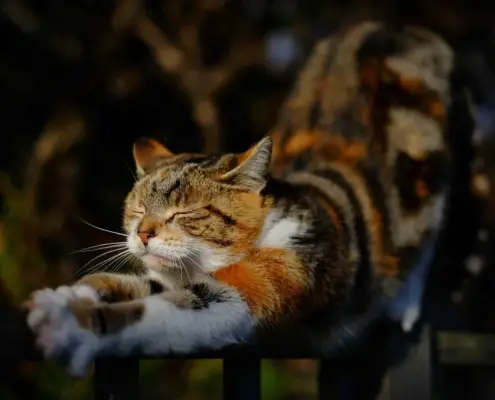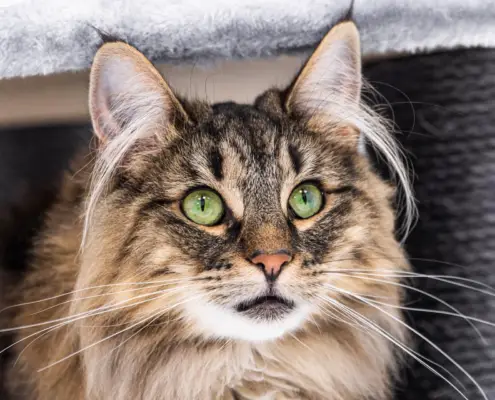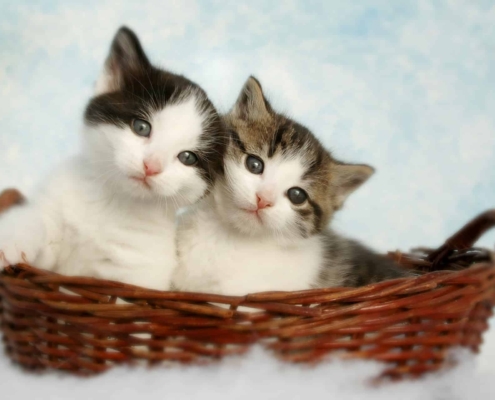
Cats are fascinating creatures known for their independent and sometimes mysterious behaviors. One common puzzling behavior that many cat owners encounter is their cat’s aversion to a feather duster. Despite the seemingly harmless nature of this cleaning tool, some cats display fear or aggression towards it. In this article, we will delve into the reasons behind a cat’s aversion to a feather duster and explore possible solutions to help your furry friend overcome their fear.
Cats and Their Behavior
To understand why some cats hate feather dusters, it is important to first examine their natural behavior. Cats are instinctual hunters with a keen sense of sight, hearing, and touch. Their predatory instincts drive them to chase and pounce on moving objects, much like how they would pursue their prey in the wild. This innate behavior is essential for their physical and mental stimulation.
Common Reasons for a Cat’s Aversion to a Feather Duster
Sensory Issues and the Feather Duster
One possible reason why your cat may dislike a feather duster is due to sensory issues. Cats have highly sensitive whiskers and their skin is equipped with numerous nerve endings. The soft bristles of a feather duster can be overwhelming for some cats, causing discomfort or irritation. Additionally, the sound and movement of the duster may trigger anxiety in cats who are more sensitive to sensory stimuli.
Previous Negative Experiences and Fear Conditioning
Another factor that can contribute to a cat’s aversion to a feather duster is previous negative experiences. If a cat has had a scary encounter with a feather duster, such as being accidentally struck or startled by its movement, they may develop a fear response. This fear conditioning can lead to a lasting aversion towards feather dusters, as the cat associates them with a negative outcome.
Natural Instincts and Prey Response
Cats are natural predators, and the sight of a feather duster may trigger their prey response. The feathers and movement of the duster resemble the characteristics of small birds or rodents, which cats instinctively hunt. Some cats may become agitated or excited when faced with a feather duster, as they perceive it as a potential target for their hunting instincts. This heightened state of arousal can manifest as fear or aggression towards the duster.
Environmental Factors that Contribute to the Aversion
Apart from the inherent characteristics of the feather duster itself, there are environmental factors that can contribute to a cat’s aversion. For instance, if the cat was introduced to a feather duster during a stressful or unfamiliar situation, they may associate the duster with that negative experience. Similarly, if the cat witnesses other animals or humans displaying fear or aggression towards the duster, they may mimic those behaviors and develop an aversion themselves.
Tips for Helping Your Cat Overcome Their Fear of a Feather Duster
If your cat exhibits fear or aggression towards a feather duster, there are several strategies you can employ to help them overcome their aversion.
Alternative Toys and Activities to Engage Your Cat
One approach is to provide alternative toys and activities that can redirect your cat’s attention away from the feather duster. Interactive toys, such as puzzle feeders or toys that mimic natural prey movements, can engage your cat’s hunting instincts in a positive way. Additionally, dedicating regular playtime sessions with your cat using toys they enjoy can help build a positive association with play and reduce their anxiety towards unfamiliar objects like feather dusters.
Desensitization and Counter-conditioning Techniques
Desensitization and counter-conditioning techniques can also be effective in helping your cat overcome their fear. Gradually introducing the feather duster at a distance, while simultaneously offering treats or rewards, can help your cat associate positive experiences with the duster. Over time, you can gradually decrease the distance between your cat and the duster, always ensuring they feel safe and comfortable. Patience and consistency are key during this process, as rushing can potentially reinforce their fear.
Seeking Professional Help for Severe Aversions
In cases where a cat’s aversion to a feather duster is severe or causing significant distress, it may be beneficial to seek professional help. A veterinarian or animal behaviorist can assess your cat’s behavior, identify any underlying issues, and provide tailored advice or behavior modification techniques. They may also recommend additional strategies, such as the use of pheromone diffusers or medication, to help alleviate your cat’s anxiety and fear.
Final Thoughts
While it may seem perplexing why some cats hate feather dusters, understanding their behavior and addressing their aversion can help create a more harmonious environment for both you and your feline companion. By considering factors such as sensory issues, previous negative experiences, natural instincts, and environmental influences, you can employ various strategies to help your cat overcome their fear. Remember to be patient, consistent, and seek professional help when needed. With time and proper guidance, your cat can learn to coexist peacefully with feather dusters and other potentially intimidating objects.
If you have any concerns about your cat’s behavior or need further assistance, consult with a veterinarian or animal behaviorist for personalized advice.
If you enjoyed my article, I would appreciate you sharing it with your network.

Sima Ndlebe
Sima writes for CatBuzz. He is interested in Cats, Health and Fitness, and Entrepreneurship.
Published: 14 November 2023



